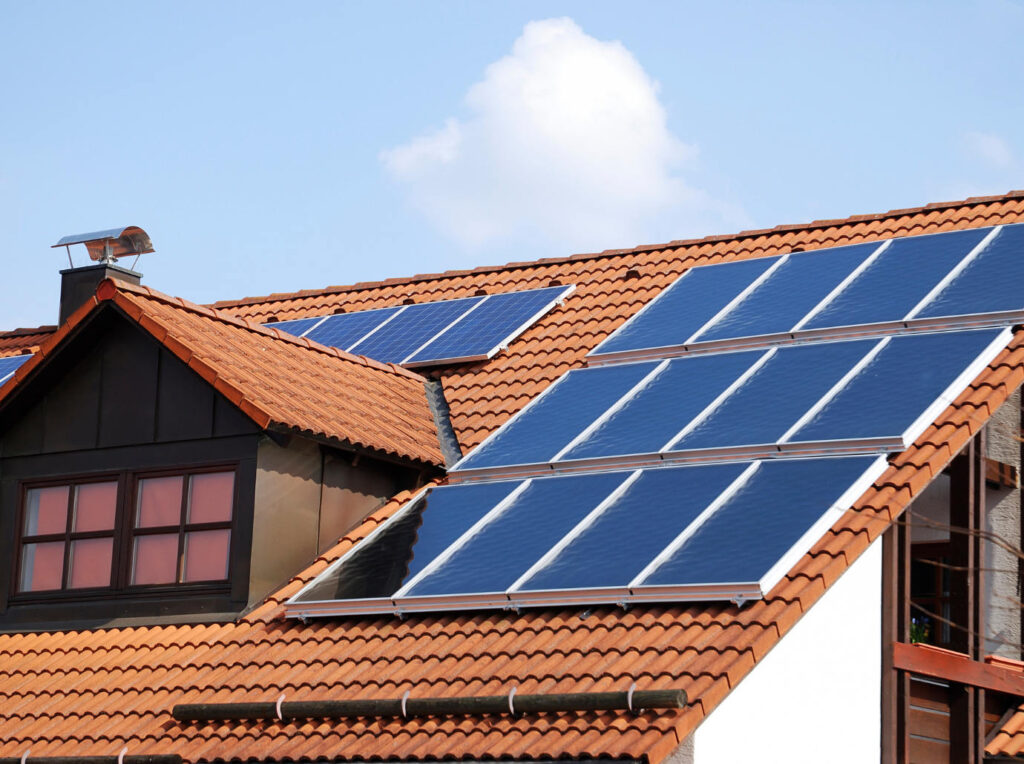CM Solar
Talk about rooftop solar in achieving net zero emissions

Energy efficiency alone won’t get us to net-zero emissions – Canada needs a lot more renewable electricity. It’s time to make use of the enormous untapped potential on the rooftops of homes and businesses, while also taking steps to improve building energy efficiency.
Over the course of a year, a 6-kilowatt residential PV system will generate at least 6,000 kilowatt-hours (kWh) of electricity. That’s enough to power an electric vehicle driving 15,000 km, as well as an electric water heater to meet a household’s annual hot water needs, with plenty of electricity left over for other household uses.
Powering an electric vehicle and a water heating system with solar electricity, rather than fossil fuels, would avoid approximately four tonnes of CO2 emissions each year, equivalent to a 40 percent reduction in the CO2 emissions of an average household.
To be sure, not all buildings are suitable for rooftop solar – some roofs face north, others are shaded by tall trees or neighbouring buildings. But there is no practical reason why Canada should not have ten times as many solar rooftops as we do currently.
Today, there are approximately 40,000 solar rooftops across Canada. Meanwhile, Australia has 2.5 million, the US has well over 2 million, and even Germany and the famously sunny UK each have well over 1 million solar rooftops installed.
We are far behind many of our peer countries in deploying rooftop solar. The good news is, we are now able to take advantage of incredible cost decreases in the technology, along with steady improvements in durability and performance. The cost of solar panels has fallen 90 percent since 2010. Panels have also become more durable – a solar rooftop installed today will reliably generate zero-carbon electricity for at least the next 30 years, with barely any maintenance.
Rooftop-solar generation, either stand-alone or paired with battery storage, can also be installed very quickly. Thanks to simple, efficient design and a straightforward permitting process, a residential rooftop-solar system can go from a gleam in the eye to fully operational in as little as two months.
While improving the energy efficiency of our buildings is a critical step on the path to net-zero, it is not enough to just find smarter ways of burning fossil fuels. Our buildings also need to produce and use more clean electricity to substitute for fossil fuels.
